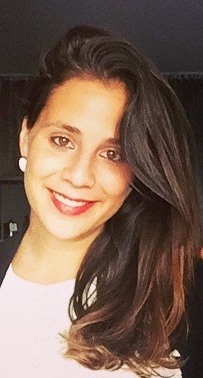James Cook University PhD candidate Claire Grant has embarked on a journey to discover whether children can be diagnosed with
cerebral palsy via telehealth.
Working as a physio in Townsville during the COVID-19 pandemic, Grant found that the rise of telehealth consultations was a potential game-changer for those who lived rurally. As she was conducting research for her Master of Philosophy, Grant started speaking to more physios who worked with children with developmental delays.
Subscribe for FREE to the HealthTimes magazine
“Many (physios) said they struggled with assessments via telehealth, though they found follow-up appointments easier because they had already seen the patient in person,” she said.
This got her thinking, particularly about children with cerebral palsy, as diagnosing children with any developmental changes as early as possible is crucial.
“Any child, but children with cerebral palsy in particular, really benefit in their first two to five years of their life from receiving intervention. In children under five, the brain is the most neuroplastic – it can respond to change really well and make new connections and strengthen them. These younger children learn to do new things easily, and we should take advantage of that,” said Grant.
FEATURED JOBS
St Vincent's Private Hospital
For many parents who live in a rural area of Australia, receiving a diagnosis for their child can be challenging. Not only is there a lack of physiotherapists rurally, but there is also a lack of physios who can carry out the diagnosis assessment.
Currently, there is no way to formally diagnose a child with cerebral palsy via telehealth in Australia. Grant is working hard to change this. She is determining whether the
Hammersmith Infant Neurological Exam (HINE) could be a suitable assessment tool.
“The HINE is already being used to diagnose cerebral palsy, along with magnetic resonance imaging (MRI), but the HINE has not been used for telehealth assessments yet” Grant said.
She is currently working with therapists and families involved in the HINE research to see if it is feasible to take it online.
“If the HINE seems accurate and viable, its application to rural populations would be an exciting area for further research”.













